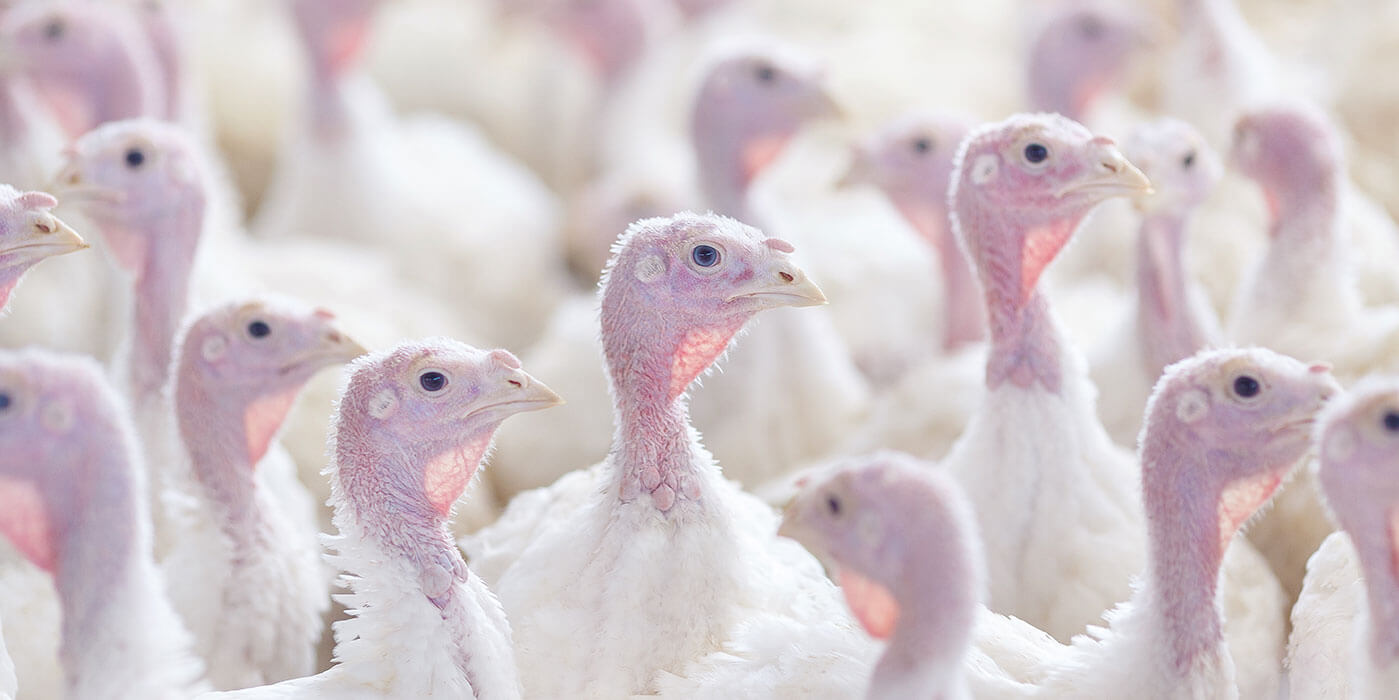Section 2 | Reading Livestock Medicines Labels
Page 07 /
Animal and Human Risk
Animal Risk
Whenever a medicine is used in animals, there are important risks that must be considered:
Allergic reactions
- Clinical signs could include rapid breathing, agitation, swelling (e.g. eyelids, throat, limb, vagina), raised bumps on the animal’s skin, and in severe cases, death
Other adverse drug events
- May occur due to medication errors, making the treatment ineffective. Common reasons include:
- The dosage was too high or low
- The duration of treatment was too short or long
- The drug might have been the wrong choice for that particular infection
- The wrong animal, or class of animal, may have been treated (e.g. use of prostaglandin in pregnant animals)
- There could be some interaction with another drug being used

Antimicrobial resistance
- The use of antimicrobials could lead to the development of antimicrobial resistant bacteria or infections in your animals. This could, in turn, spread to other animals or humans, making our antimicrobial less effective in treating infections
Injection site issues
- Abscesses, lumps and bumps, and scarring of muscles or skin can all occur at the site of the injection
Drug residues in animal products
- Drug withdrawal time is the time required for the drug to clear from the animal’s system to prevent a violative residue. Food animals and their products must not be used for food within this time following treatment

To minimize risk to animals being treated, it is very important to adhere to label or veterinary instructions. That being said, there is always risk when using medicines in livestock. Work with your veterinarian to ensure you are aware of all of the risks associated with using medicines in your animals
Human Risk
Did you know that using medicines in your animals could also pose a threat to the health and safety of both the animal caregiver and the population in general (through contact with, and consumption of, animal products)?
Some of the human risks associated with use of medicines in livestock include:
Allergic or other harmful reactions
- Exposure to residues in foods
- For example, penicillin allergies are quite common in the population, and exposure to meat contaminated with penicillin residues could trigger an allergic reaction
- Accidental exposure of someone administering the medication
- For example, the drug tilmicosin is toxic to humans when injected, for instance via an accidental needle stick, could cause severe heart problems

Toxic effects from consuming contaminated animal products
- Short term: An example of short-term toxic effects would be humans contracting fatal aplastic anemia after consuming meat containing chloramphenicol residues
- Long-term: toxicity could occur from exposure to minute amounts of some chemicals over a long time. This concern has been directed mainly at carcinogens and at compounds which are known to build up in our bodies
Antimicrobial resistance
- The use of antimicrobials in food-producing animals could lead to the development and spread of antimicrobial resistance. Humans could become exposed to resistant bacteria through:
- Direct contact with animals (e.g. farmers, veterinarians, slaughter plant workers)
- Contact with animal products (e.g. meat, milk, eggs, honey)
- Contamination of the environment with resistant bacteria present in animal manure and other farm effluent
Injury
- To those administering the livestock medication (e.g. needle sticks, bites, kicks)

Again, to minimize risks associated with using livestock medicines, make sure you read and follow all label instructions. As well, ensure that when you are administering medicines, that the animal is properly restrained